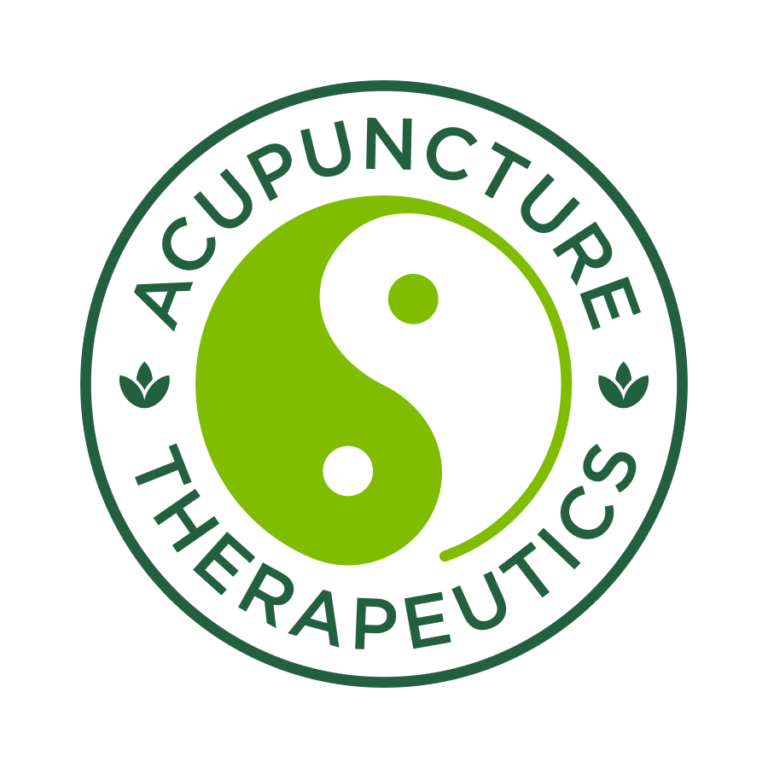
Seasonal Affective Disorder (SAD) is a condition believed to be linked to a lack of sunlight where the individual experiences mood changes and emotions similar to depression. SAD occurs mostly in the Fall and Winter months when there is less sunlight exposure.
It’s found that around 5 percent of people may experience SAD lasting 40% of the year (especially in areas with less sunlight such as the Pacific Northwest and other Northern regions), and it is more common in women than in men.
SYMPTOMS OF SAD
The most common symptom of SAD is a feeling of sadness or a depressed mood. Other symptoms may include any of the following:
- changes in appetite
- cravings for sweet & starchy foods
- fatigue and low energy
- depression/low mood
- social withdrawal
- decreased libido
- aches and pains
- irritation
- Increased restlessness (such as pacing)
- difficulty focusing
Symptoms vary from person to person, but they can be severe enough to disrupt daily life. While SAD can be a frustrating condition, there are treatments and coping techniques available.
Here are some general guidelines that can help structure the treatments:
- Keep treatments simple by addressing the root of the disorder instead of treating symptoms.
- Begin treatment at any time; however, the summer is ideal. By doing so, there is a good chance the practitioner can break up the cyclic pattern of symptoms so that they are reduced or even eliminated before the problematic seasons arrive.
- Treat the patient 1-2 times a week, depending upon which interval works best for them and in light of the degree of their symptoms.
METHODS TO REDUCE SAD
Light therapy: This involves daily exposure to a full-spectrum light that duplicates natural sunlight. When used regularly throughout the winter months, light therapy has been shown to reduce symptoms in 70 percent of SAD sufferers. Please note that light therapy is different than tanning in a tanning bed.
Psychotherapy: Working with a counselor to learn to navigate negative thoughts and behaviors can be beneficial.
Exercise: As a natural antidepressant, exercise may alleviate some of the symptoms of SAD. Try swimming, biking, lifting weights, yoga, or just walking outside.Acupuncture: Acupuncture can work to rebalance the body’s Qi, relieve your symptoms, and reduce stress.
Medication: Antidepressant medications are a common treatment, but it should be noted that these medications often have side effects. There are also many natural and effective approaches available to combat SAD if over-the-counter medications aren’t something you want to start with.


